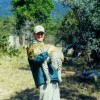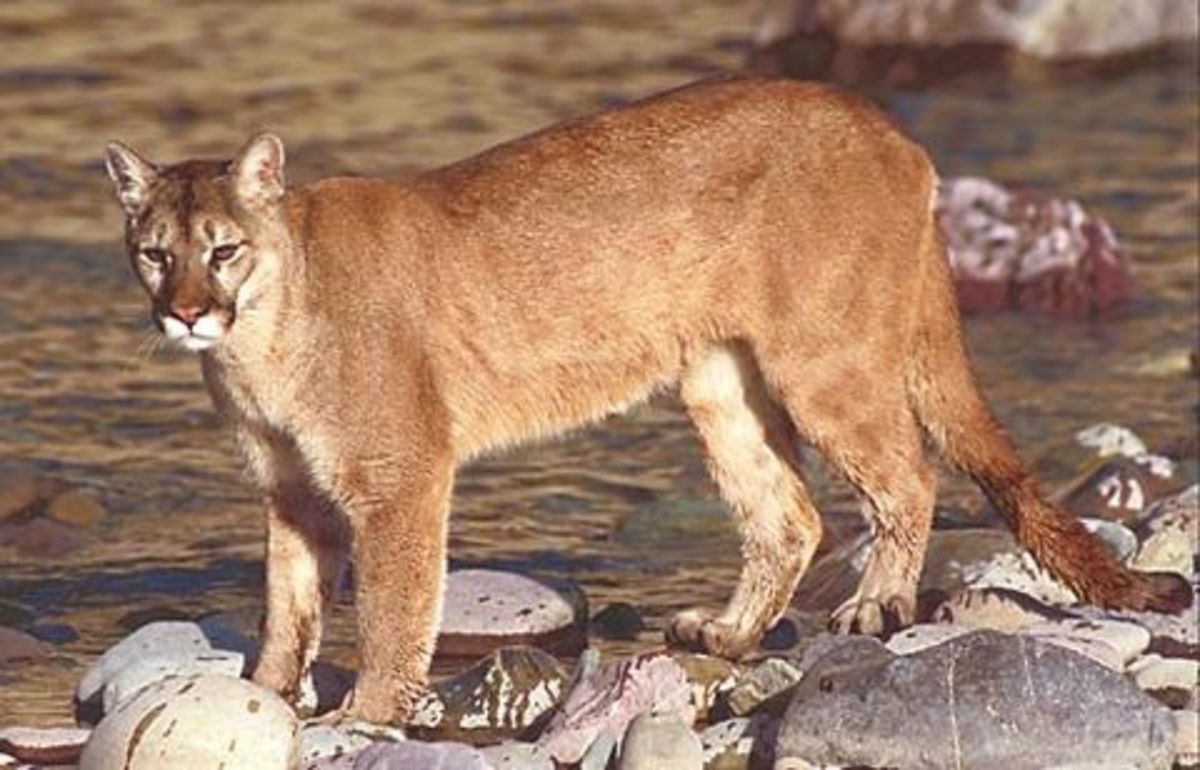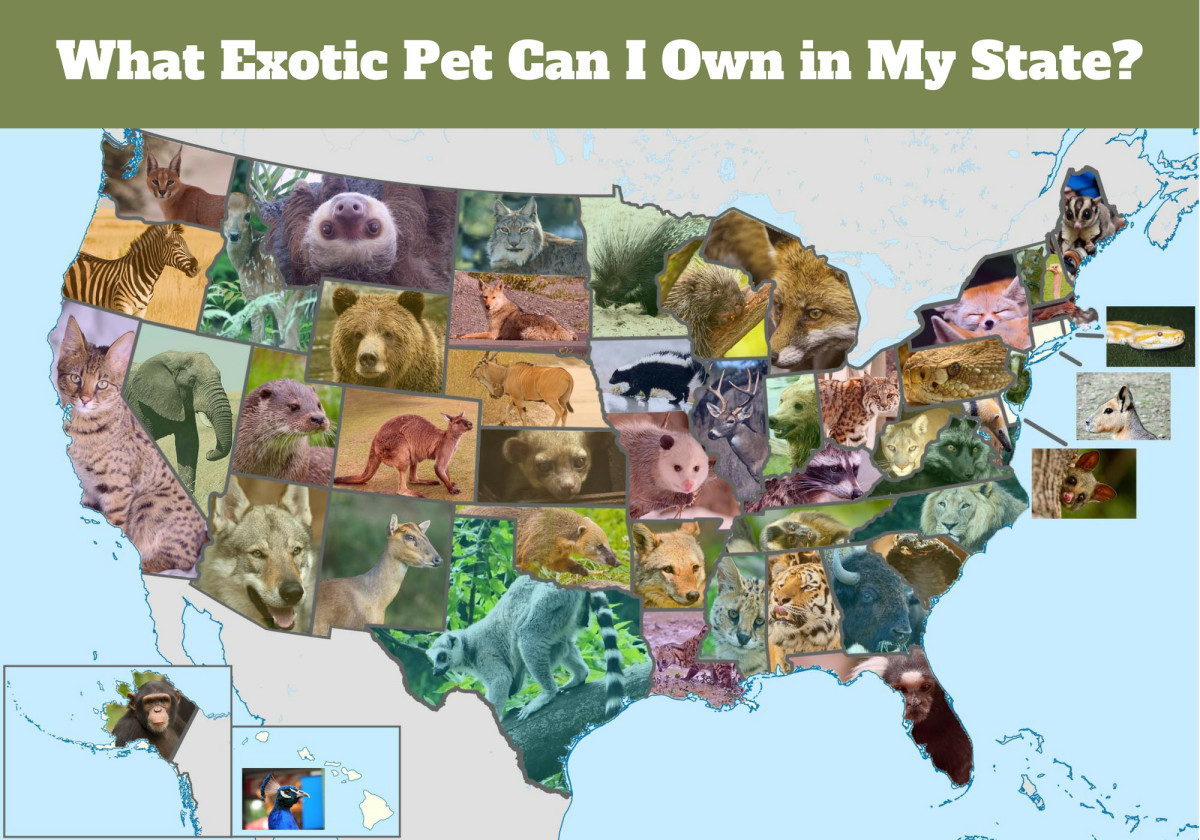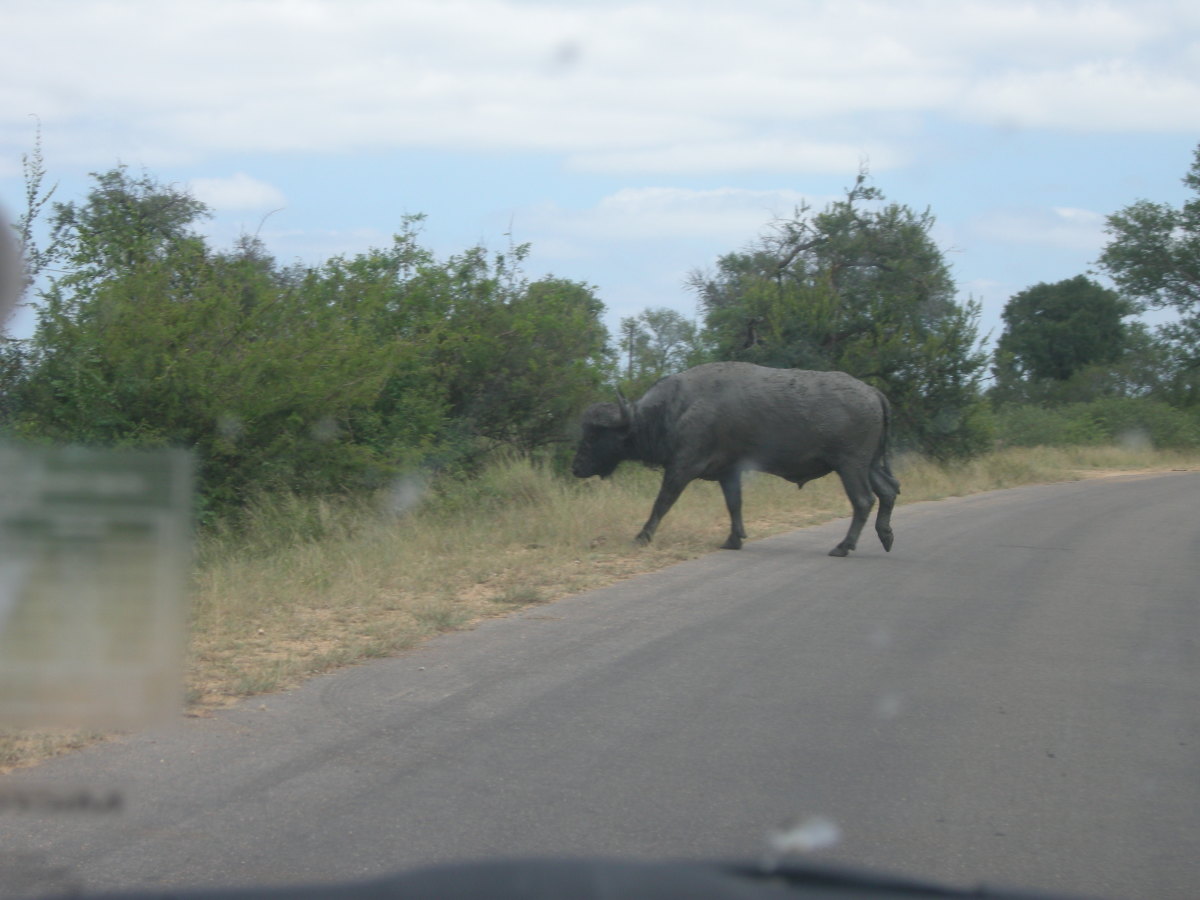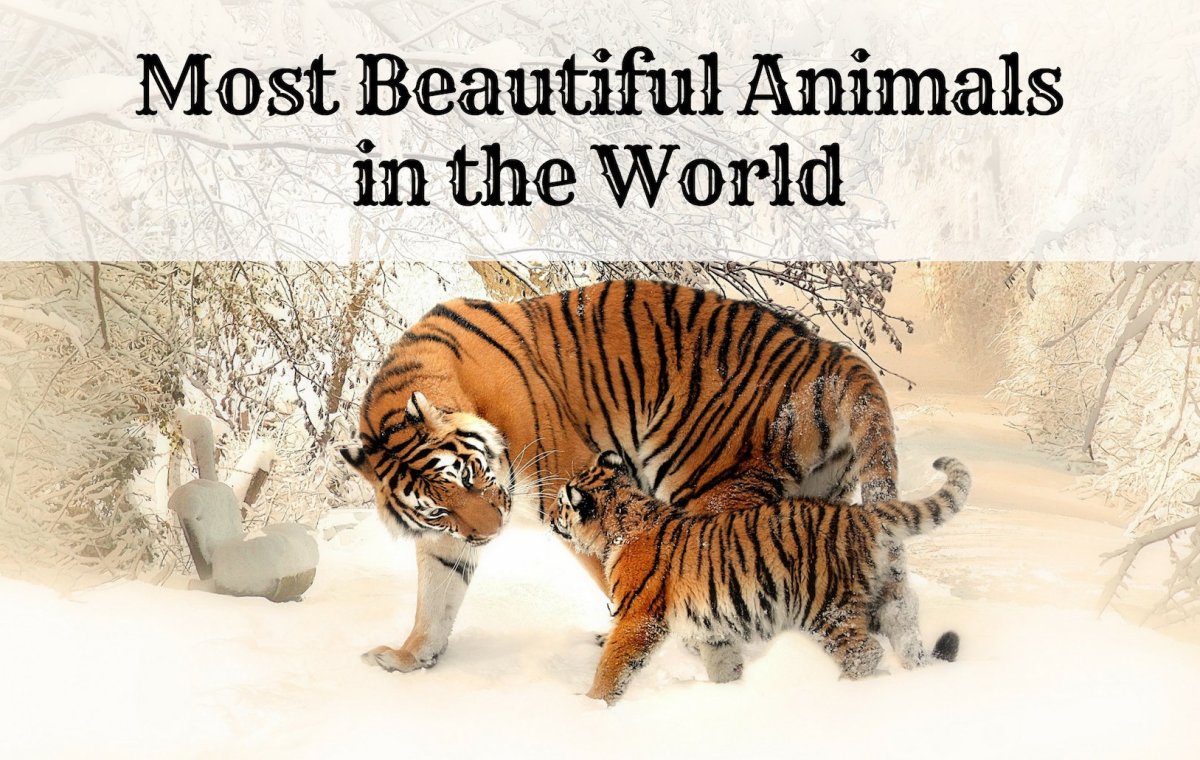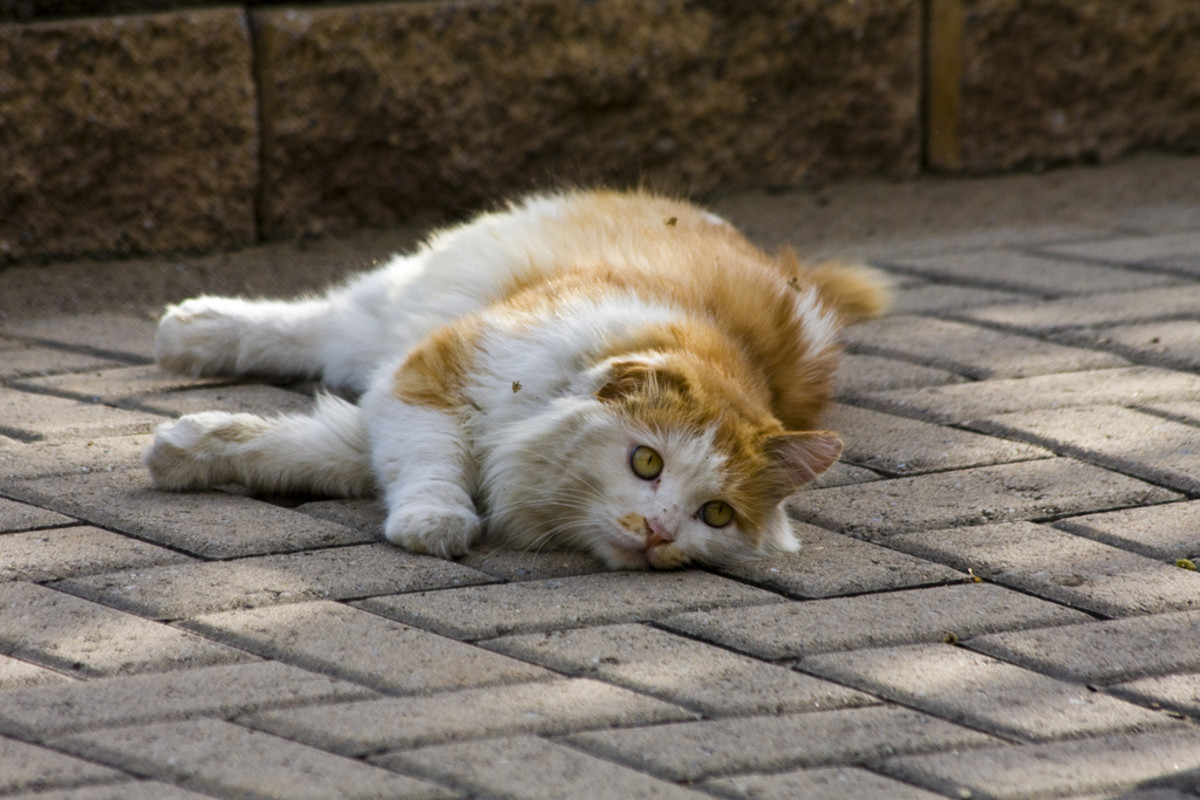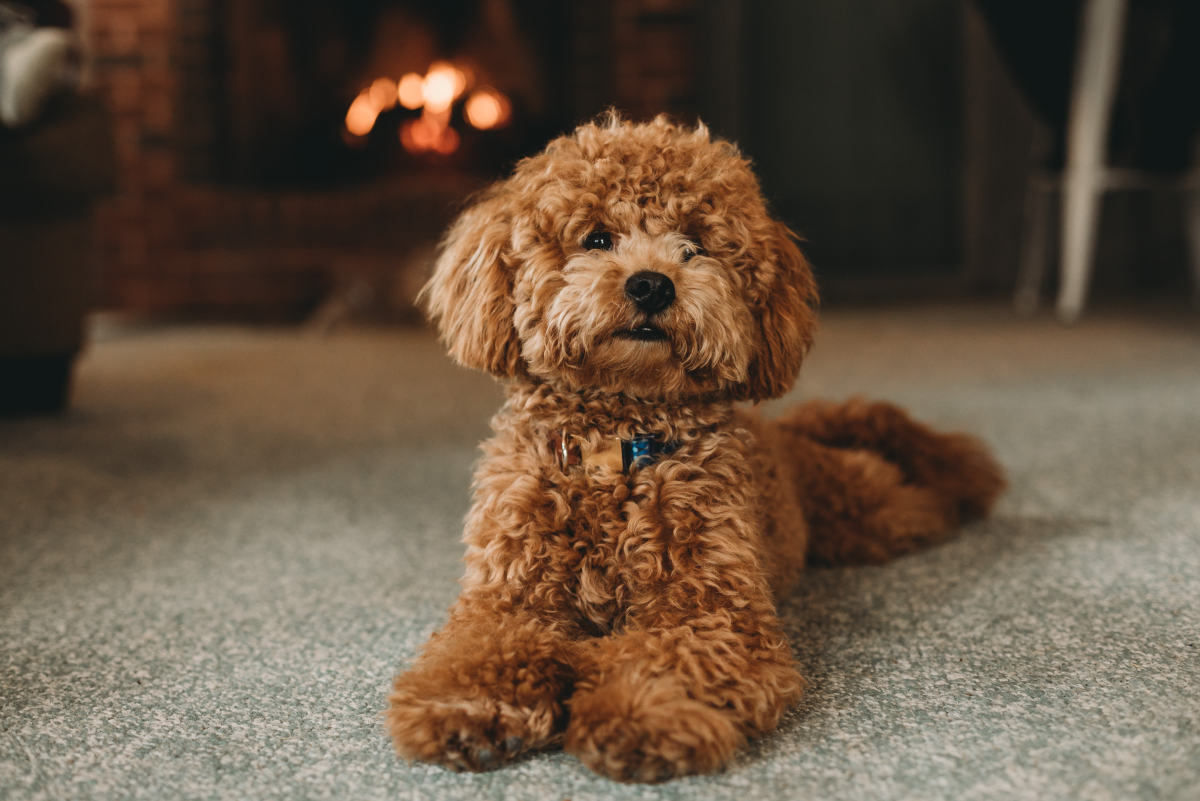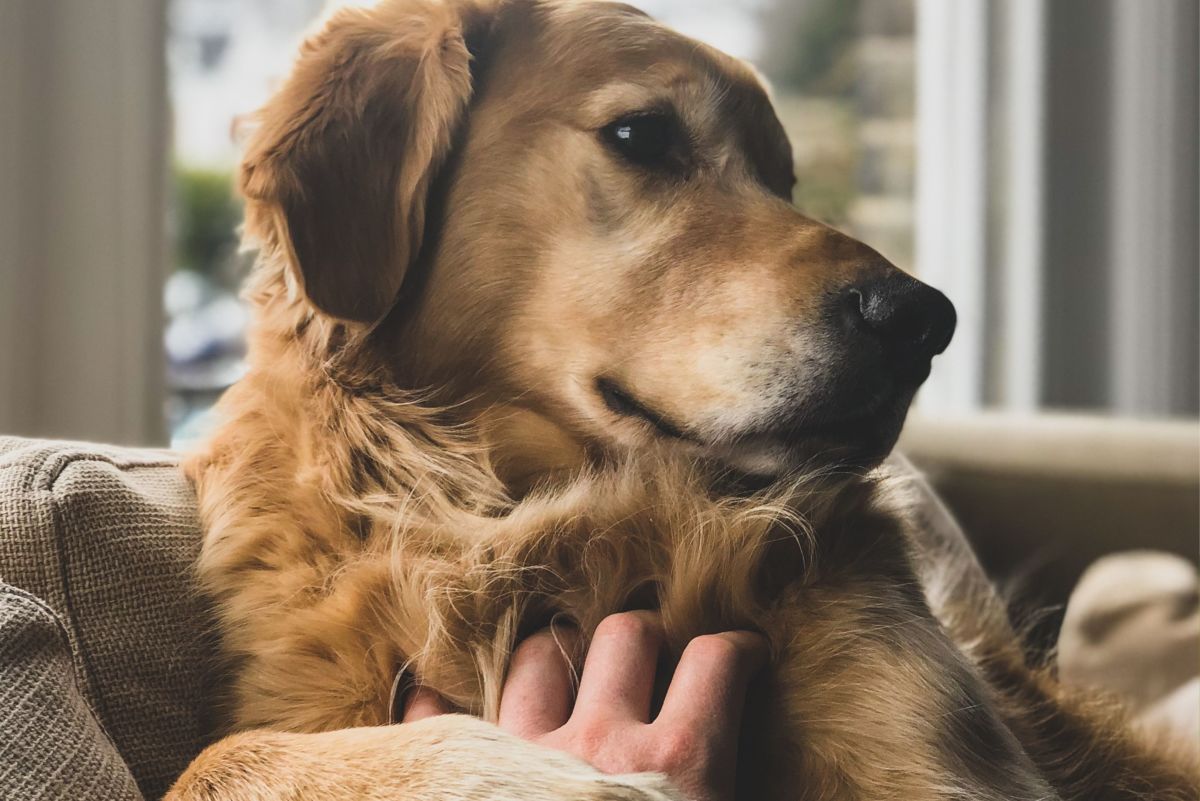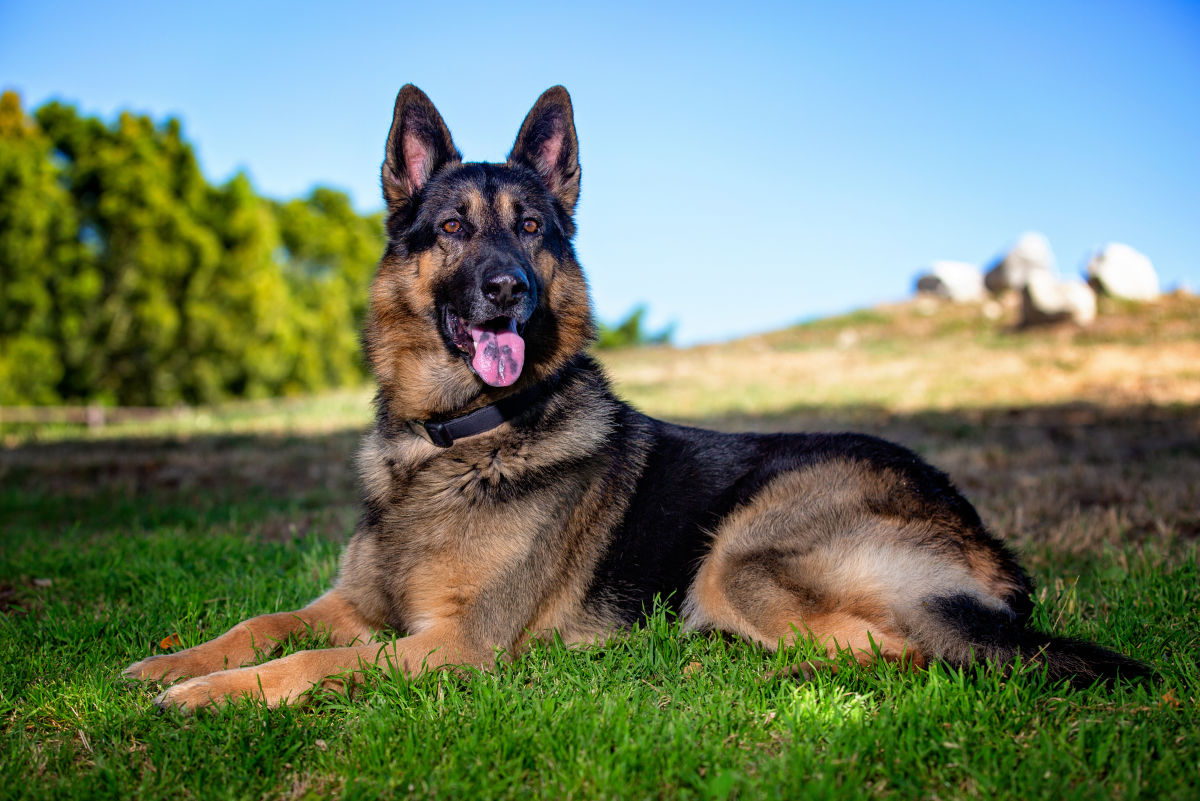A Conservationist's Storyline, Part I
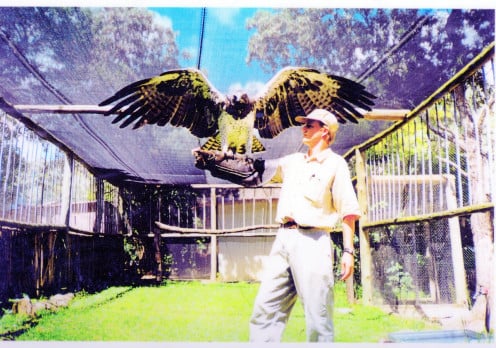
The reason
This is my second post in 5 years; nothing to boast about really, but I do hope there will be more to come. I started out in that first post, feeling like it was the beginning of a blogging career for me, but it became an ordeal. Once posted, I was glad to see the conversations that it started. I expected a lot of anger and aggression to be thrown my way; these intractable emotions seem to crop up inevitably with any genuine accounts of wildlife. Instead, for the most part, there were some true remarks and arguments that came from it. I virtually went off the grid after that and I’m finally trying my hand at this writing thing again. We shall see how this goes.
When setting up a new blog, as I am sure a lot of you know, it is said that a bad blog is one written about yourself. Well, I’m about to do pretty much that, so it does have the potential to bore the crap out of most, however I am in truth just the incidental party. This blog is really being put out there entirely on the back of the wonderful array of animals my work has introduced me to. They are the marvels, I am the storyteller.
I have been pondering this blog for the past few months, feeling compelled to write something, anything, about my life right now. It is such a problem that I in fact almost finished this blog and had most of it up and running before I found myself rewriting it all to try and get a message out there without it becoming a boring story about my life. Who am I? I’m nobody; but I get to do some amazing things, all of which revolve around animals.
I have a desperate need, hell; desire even, to teach about wildlife. Some have said that I should be on television; many have said I should write a book. I’m too old to make a good TV personality, and my life spins too fast and busy to devote to a book. Maybe I can get this blog thing working though, and that’ll do; for now.
I’m dropping the so-called controversial for the time being. I’m not a controversial person, but I do try and practice conservation in my life, in everything I do, and sometimes that means making a tough decision and putting noses out of joint. I’m not an animal lover and do not profess to love them. My life has intertwined in and around wildlife for nearly 16 years now and I have done, seen and been a part of some incredible moments. None of these moments would have been possible without those animals. I have also witnessed some of the most awful things human beings are capable of doing to wildlife, both purposefully and unintentionally.
I am one of over 7 billion people on this planet and virtually nothing will happen if I die tomorrow. So what makes my life special? Wildlife; I’ve taught it, studied it, trained it, eaten it, killed it and reared it, put it back to the wild and shown it off in all its glory to hundreds of thousands of people over the years. I live and breathe it, and for the past few years have managed to do so even more alongside my partner. She has managed to allow me to see wildlife in an even better way than I was used to.
It is these stories that I would like to tell you about. They are my stories but my intention is not to brag, I simply want to use them to reach more people about the necessities of wildlife; how to live with them, how to try and balance our lives around them and how to see them with the mind and not just the heart.
Learning about wildlife is not easy. The more you do learn, working alongside them, the more you comprehend the intricacies. You realise that there is the need to manage various systems individually as well as as a whole; and you understand the necessity of making conscious difficult decisions that will influence species across the globe.
By the very products that you buy from the local shop you affect the lives of countless species on the other side of the planet. To some this is just plain obvious, but it has been shown to be so easy to forget this when caught up in the momentum of modern life
An enviable backdrop
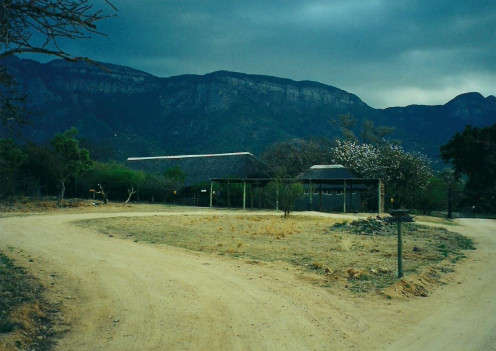
The start
I started out in this business in August 1998 at a wildlife rehabilitation centre in the Limpopo province of South Africa. The manager of the facility was one tough nut to work for. I’d had very limited wildlife experience up until then and he was a firm believer in two things - throwing young novices like myself into the deep end, and never expressing gratitude for a job well done.
In my first week there he sent me out to one of the aviaries to catch two non-flighted black eagles (both had had broken wings from power line collisions). My new boss then didn’t go with me to provide the guidance or assistance I might reasonably have expected; I simply got given a few pointers as we stood in the office. Go and stand in front of them, I’m told, and catch the birds by their legs. I am then to expect them to jump upwards in response to the grab, so go with the movement he advised; bring them round till they are hanging upside down in your grasp. Oh, and don’t get in the way of their talons, he warned. This last was a fair comment, the black eagle is the second largest eagle in South Africa, and their talons will crush straight through a human hand with ease. Once I had this fine bird dangling, I was to wrap them carefully in a towel and bring them back to the office. Sounds easy hey?
I stood less than a metre away from that first eagle for about ten minutes; my hands up by my chest area, ready to snatch out and grab his legs. That bird just sat there and looked at me with those incredible eyes that only an eagle has. They had been in captivity for a few years already and didn’t care that I was standing there. I finally snatched out and grabbed. I had him and he immediately jumped up high, just as I had been told. I went with that jump, and within seconds I had him on the ground and towelled like a newborn baby. I quickly took him off to the hospital and called for my boss, whose response was simply to ask why it had taken me so long. And so with that first exercise came my introduction to the philosophy of Brian Jones. It is how he is. In nearly four years that I worked there I received a grand total of two thanks’ from him. Boy oh boy, did I learn from that man.
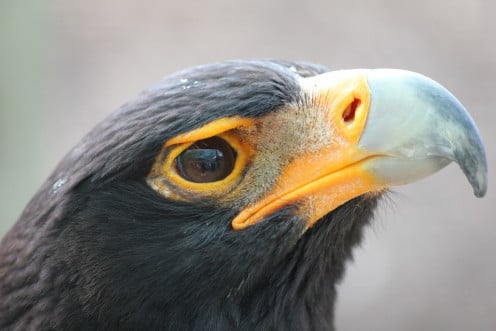
Some of the babies
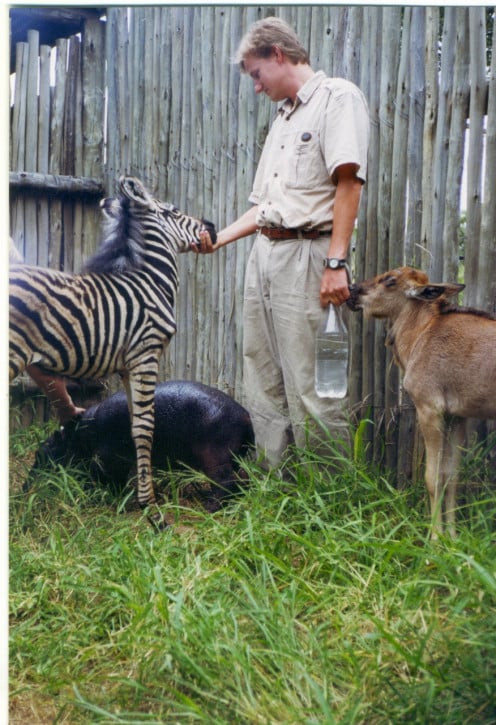
The enjoyment factor
In the years to come I hand raised a multitude of mammals from leopard, hyena, otter, and honey badger to impala, zebra, wildebeest and the little duikers, mongooses, genets and civets. One of my most memorable however was a hippo, whom I named Tinkerbell. Management wasn’t too happy with that name, but she became rather iconic for the place.
Tinkerbell was no more than a day old when she came to the rehabilitation centre, and I was lucky enough to release her back to the wild nearly two years later.
The side no one sees
It was at this place that I came very close to throwing in the towel on work in conservation. You see, we did a lot of outreach work; dealing with farmers and local residents. Although the area was pristine and remains one of the most diverse areas for wildlife in South Africa, it has a lot of underlying problems too; namely poaching and the mass poisoning of so-called problem animals. It is the all-too-familiar clash between agriculture and wildlife; people and animals just trying to survive.
This area of Limpopo is a tourist hive and people flock from all over the world to see sights like the Blyde River Canyon, the third most visited place by South Africa’s tourists. The Kruger National Park just down the road, with some of its world renowned five star lodges close to the area. This is the place to visit if you are looking to experience the glamorous wildlife in South Africa, but like so many wildlife areas it has its underlying problems.
A lot of this area has been converted into farmland and some of the farmers (a minority) have taken to poisoning anything indigenous as they cause perpetual problems for the farmer and his crop. Baboons, monkeys, bushpigs, porcupines, eagles, vultures; well, you name it and it will probably get killed at some stage. Most are just secondary poisonings, not the species being targeted, but that just makes it more tragic.
I saw a lot of death during those years at the rehabilitation centre, but one day still stands out as my most awful.
A victim of poisons
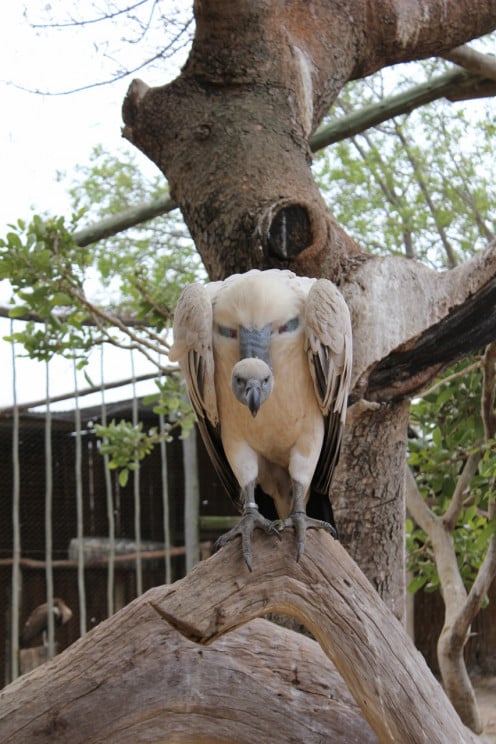
We were called out early one morning by a farmer we knew in the area, a good man. His property was on the Klaserie River near to the back end of Kapama game reserve; a really wonderful area, neighbouring the Kruger National Park. He’d said that he had found a few dead monkeys when he went out early and had also seen one that looked like it was dying. We got hold of the police and we all met there at 08h00. We left that property eight exhausting hours later having spent an unbroken day wondering the property.
First thing to see was of course the dead monkeys. The live one was now dead too. There were no injuries and we just knew they had been poisoned. Poison investigation cases were still fairly new for me and I had no idea what was about to come that day. We walked out to an area that was at the end of part of the crop field, nearby a beautiful stream. Here we found the target; guineafowl! In an area just 20 metres in diameter we saw the crops and gizzards of about 40 guinea fowls. It’s the favoured way. Kill them with a fast acting poison, then send a kid in there to fetch them (if he gets caught he is just a kid and won’t go to jail or tell who really did it). The gizzards are pulled out there and then, leaving a lot of that poison behind, in meat and blood, which attracts predators of all kinds; the birds are then taken away for personal consumption and local sale.
It’s not what you see at these sites that scares you, but rather what you don’t see. There was spoor (footprints) of civet, genet, serval, warthog and porcupine everywhere we looked. If they weren’t eating the dead, they were eating the original poisoned corn. Overhead we saw doves, vultures and eagles. Along the ground we saw francolins. Most could, or would, die within the next couple of days. The vast majority will go unrecorded. Possibly the biggest awakening for me that day was watching the ant nests, seeing the ants come out by the thousands (possibly millions through the day), all dying from the fumes. We smelt that poison in the air all day and were all sick the next, with headaches and nausea. I went home that night, sat on the edge of my bed and just cried. We have a lot to be accountable for, us humans.
Within the next two weeks of that case we had a further two hooded vultures, two white-backed vultures, one white-headed vulture and one tawny eagle come in for poisoning from that property. All were casualties of that case, and all thankfully survived.
As it turns out, all this was done by one man with one small bottle of poison and a bottle of corn. He soaked the two together overnight and got a kid to go throw it out where the guineafowls go every morning. We found the corn, the poison and a dead guineafowl in his room. He was arrested and sent to jail. He spent three months waiting for his case to be brought to the magistrate’s office and when it did, it was thrown out for lack of evidence.
Venting your anger in the right direction
Don’t get angry at this man for who can blame him? He is a worker on a farm, getting paid minimum wage and has no education. What would you do for your children if you had no money, no food and you lived in the middle of nowhere? He’s not a poacher, he’s just a survivor. It took me a while to discern the difference between the two. Wildlife in South Africa is killed daily for food and also to make money. Never will a day go by without some mention of rhino poaching and its severity; but you almost never hear about the guineafowls, francolins, cranes, storks, antelope and other species that are targeted as a food source. No more do we bother with the old methods of snaring; now we poison. Bear in mind that most of these people will ironically die from poisoning themselves. These are high strength poisons being used and you can cook it all you like; residual amounts will be there and it will affect you in the long term.
A lot of other species are also targeted for the black market trade; traditional medicines. Animals like vultures, eagles, lions, leopards, ground hornbills and snakes are targeted for their body parts.
Vulture brains and hearts are used to get the mind and soul of the vulture. This is said to help you to see into the future.
Ground hornbills hung upside down, alive, over dry riverbeds are considered to help to bring the rains. These magnificent birds are in fact the number one species on the list sought after in the muthi line, a trade which involves a lot of traditional medicines. Some are good, but some are really bad.
Meet & greet in the mornings
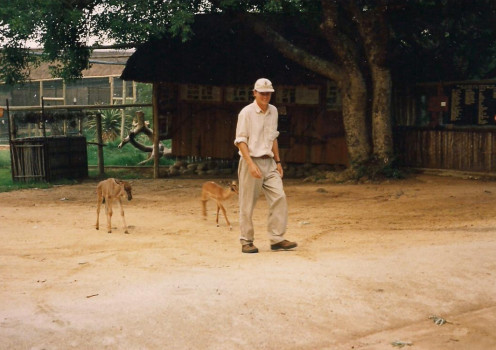
We did a lot of teaching in that area, helping locals, helping farmers. It was good work and it often paid off, with some farmers even buying their own traps to catch porcupines that ring bark their apple trees; once the animal was caught the farmers would phone us and we would relocate the porcupines to other properties in the area.
Here, drink this
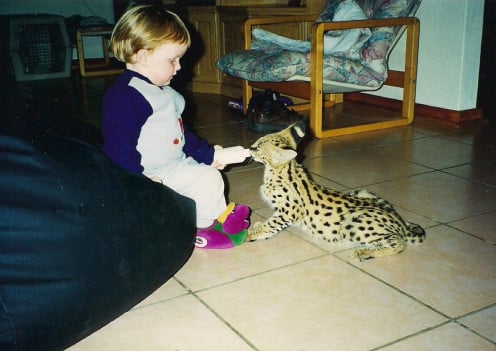
Dad, he wants my bottle!
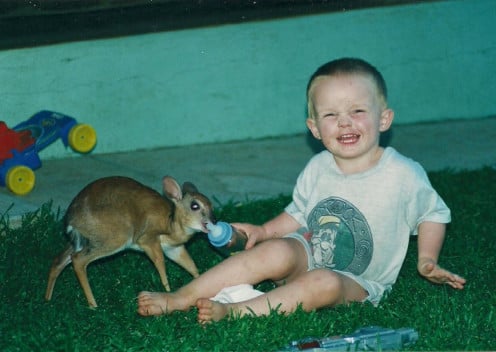
A wildebeest hug
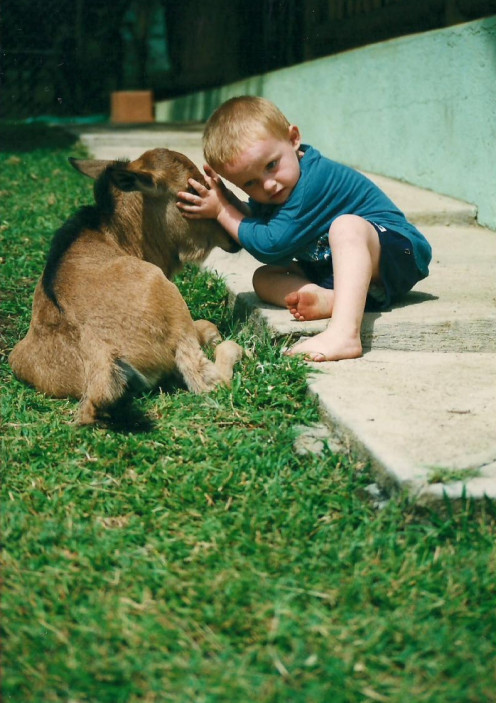
The tough side of rehabilitation
It was a tough job; working in incredibly hot dry summers, long days averaging 11 hours with 5 days off a month. A large part of my time was spent raising animals, for which I would often find myself with multiple species at any one time. At one stage I had to be parent to a genet, hippo, zebra, impala and tsessebe at the same time. Oh yeah, I had my son then too, only 3 months old at the time. The animals had me from 06h00 all the way through to 01h00 the next morning and then Cameron would proceed to keep me awake until my next 06h00 calling. Such is life hey!
I realise how lucky I was to be in this work, nonetheless it was tough, very tough. I remember coming in to work one day to find my baby zebra in seeming agony. I had got this zebra in from the Kruger Park six weeks prior; he had been only about a week old and was a bit of a miracle, hence I named him Lucky. His mum had been killed by lions three nights before. After three days of complaints from visitors driving through the park (seeing this baby running around calling and by this third day he had begun to suckle on car bumpers) the rangers decided to catch him up and bring him in to us. It was a rare bit of interference by the park rangers whose policy is not to interfere with nature. I guess the fact that it was holiday season helped to sway their reasoning. By the time Lucky got to me he was severely stressed out, dehydrated, and had acute diarrhoea. I fought with that animal for six weeks as he went on and off with a runny tummy. Diarrhoea is a big killer for the mammals and his stress levels were so high initially that it must have knocked his whole system out of sync.
I got so desperate at one stage that I wondered the reserve looking for fresh zebra dung. I found some and took it back with me to mix with water to give to this little guy. I was hoping the natural bacteria’s within the zebra droppings would help strengthen this lad but it didn’t help.
Then one day, when I was beyond all hope, his droppings looked almost normal. I think I held my breath all day whilst I waited for his next dropping and his next, and next; each one looking ever so slightly better than the first. I had him!
Three days later he was looking so good, waiting for me at the hospital door alongside my wildebeest in the morning. I have to say that I was quite proud of myself. I came in the next day and he was nowhere to be seen. This really concerned me as even through all his problems, he always waited for me at the hospital door. Where was he? I searched around and quickly found him behind the hospital, standing, but looking sore in the tummy. My heart sank.
This was different though, his tummy was contracting in pain, he wouldn’t drink and, after quite a bit of coaxing, I managed to get him down to the garden where he eventually lay down virtually on me. It was there, after nearly an hour, he eventually died in my arms.
Brian allowed me to take him to the wildlife vet down the road for a post mortem. Sadly it revealed that he had got hold of some old rat food (the centre kept rats as a food source) from the night before that someone had forgotten to dispose of. That, mixed in with rat droppings, killed him. I was told that once it was in his system there would have been no chance of survival.
We buried old Lucky in the bushveld and when I got back to the centre the first thing that Brian said was “where is the skin? The owner would like it.” I walked away from him before I said something I’d regret. Later on that day in a very rare moment, Brian came and apologised to me saying that he didn’t realise that I had been so attached to the animal. He was a tough old bugger.
Lucky & Tinkerbell
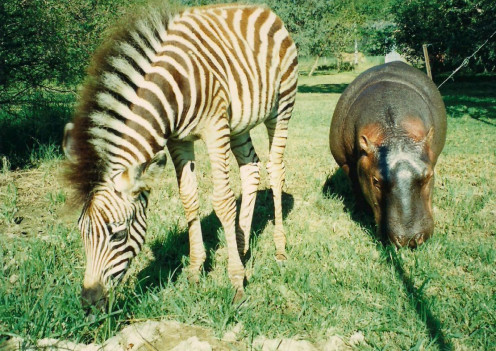
Educating
We taught a lot in that place, two tours every day, Monday to Saturday. Most tours (mine anyway) were at least two hours long. The place helped me see the huge importance of using real animals and real stories to teach; without them I am just someone who talks, but with them there I come alive and I can attract every sort of person to listen to what I have to say.
Never was this more obvious than when we visited Johannesburg for wildlife expos. This would happen twice a year and I would quite clearly be the farm boy going to the big city for a few days; I was utterly out of my league. During those expos I would speak to about twenty thousand people in four days. It was exhausting, and exhilarating. On getting back to the rehab with standard tours of 10 or 12 people, you couldn’t help but feel deflated, almost emotionless. There were two of us that would go and we would take two eagles with us, a bateleur and a fish eagle. I always worked the fish eagle. She was a wonderful bird to work with; old, about 30 years, had been in captivity most of her life and was a very calm bird, especially while you carried her on a glove as she would then have her blind eye against you, the one she can trust, with her seeing eye facing out. She would sit so close whilst on my glove that her beak would touch my face and her breath from her nostril would tickle my eyelashes.
She came down fishing one day and landed up in a fisherman’s net, breaking it. He took offence to this and hit her repeatedly with a stick blinding her left eye, breaking both her wings and leaving her for dead. She didn’t die, but thankfully went on for many years to show people their magnificence and beauty. She taught so many about the importance of fish eagles. My work is impossible without the real animal, for even people with no real affection for wildlife can feel something when they make that contact. That is when I step in and plant the seed that could change that persons’ perspective on life forever.
Swimming with Tinkerbell
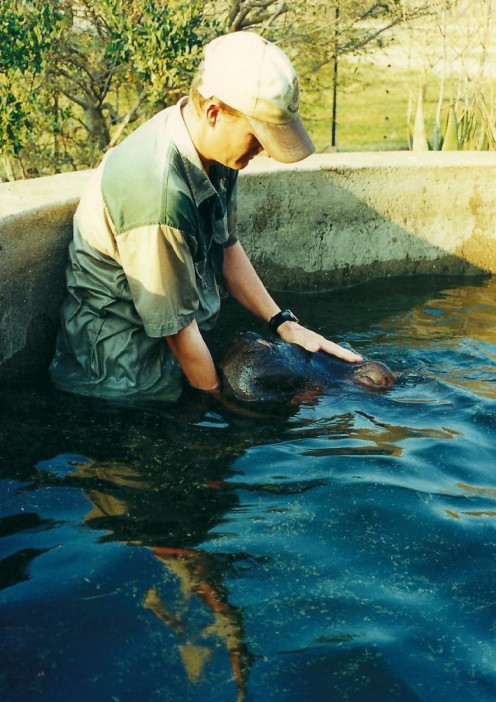
My last official day with Tinkerbell
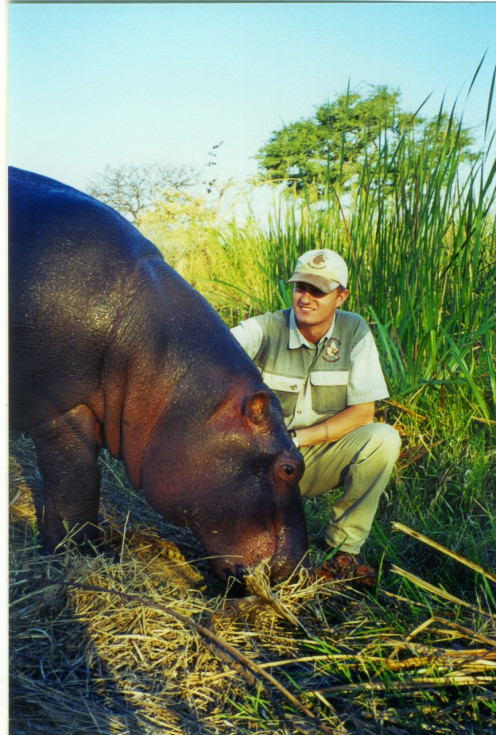
Tinkerbell
That is what Tinkerbell did for me for nearly two years. She was a most marvellous hippo and she entered my life one day while I was getting a haircut. It was my time off and I still had three days left. Brian phoned me and told me they had received this hippo. She was about 12 – 24 hours old and pretty stressed out; not looking good. He told me I had a choice: carry on with my days off and she dies or forfeit my days off and spend the time with her, bearing in mind that she probably won’t survive. I lived on the other side of the 500 hectare property and I was there in less than 20 minutes.
Those first few days were crucial for her survival potential. I spent 20 out of each 24 hours with her over the next three days, going home every morning at 07h00 (when everyone arrived for work and someone could just keep an eye on her for any complications). I’d have a shower, some breakfast and catch 2 hours of sleep, and then I’d be back with her for another 20 hours. I had to get her to bond with me if she was going to drink and calm down; she had to accept me as mom. I also had to get 10% of her body weight in milk down her every 24 hours; she weighed about 30 kg which meant that she needed about 3 litres! Not an easy task when I was lucky if I could get 50-100 ml down her at a time.
She came close to exhausting me but after 3 days I walked out of the room, little Tinkerbell in tow. From then on she followed me religiously, although she had to fight for position as I already had a zebra and a wildebeest trotting behind me. Yes, I was dealing with their feeds throughout the day, and with the night came Tinkerbell and her needs.
Tinkerbell's new home
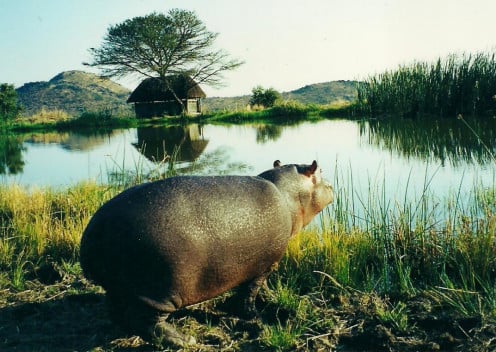
Hippo release
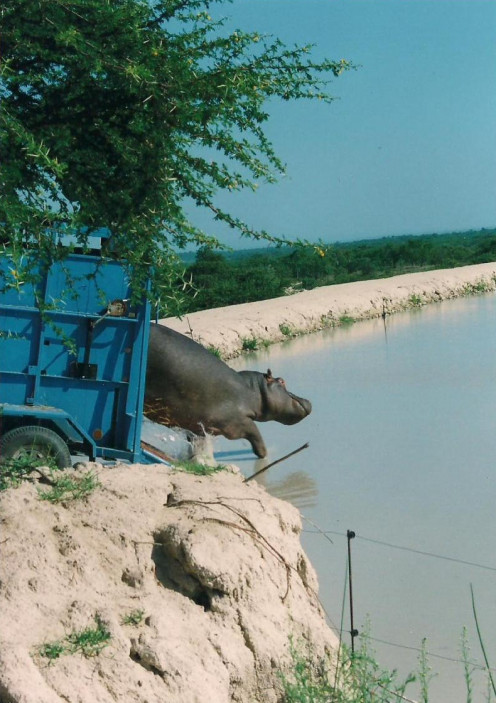
The excitement of game capture
Moholoholo is a pretty amazing place and you find yourself being involved with a bit of everything. I taught introductory ranger courses, helped run the lodge and worked as a guide. I was involved with some anti-poaching, did some farm management, quite a bit of game capture of various species and of course I was intensely involved in educational work.
Game capture was pretty amazing and I was lucky to be involved with catching lion, leopard, cheetah, serval, nyala, giraffe, eland, impala and hippo to name a few. It was the hippo capture that scared the crap out of me one day.
We had been called by a local farmer. He had had, for some time, a pod of hippos living on his property. Then one day he pulled out their grass and planted Lucerne. Surprise, surprise he all of a sudden had a problem on his hands. He shot and killed one of the hippos before deciding to call us. We went through a painstaking system of relocating the remaining animals to a nearby game reserve. I wasn’t involved with the capture of the whole pod, but helped out with two in the end. One of those was a large adult female and she is the one that managed to give me the scare.
In case you don’t know, hippos are quite notorious in Africa and famously have a pretty bad temper. They are prone to attacking from seemingly nowhere, are unbelievably fast (attaining speeds of 40 km/h), and have massive teeth with mouths that can open to a 150º angle. They are nocturnal, which means that they move mostly at night, preferring to stay in or near water during the day. This helps protect them against predators but primarily protects their rather weak skin. They’re not good with sun and, although they will sunbathe, need the water to protect their skins. They exude a viscous, red substance from their skin pores which acts as a natural skin lotion. (Here’s a bit of trivial information: it looks like a gel of sorts until you rub it into the skin whereby it turns into a white cream; it also happens to stain clothes which is something I found out through Tinkerbell)
They are a remarkable animal and I have the utmost respect for them. This female helped to reinforce that feeling in me one night at about 02h00.
We built up a boma over a period of weeks along a pathway that they used every night, having electrified other possible routes with a single strand of wire. You put this at knee height and you stop a hippo from going through; that simple really.
The walls of the boma were built with 4 metre high poles about 25 centimetres in diameter. The gate was a metal gate that was so heavy it needed three of us to pick up. This was hitched upwards and kept there with a metal pin in place. We had a cable connected to the pin which ran nearly 200 metres away to where we would sit, inside a pickup vehicle, staring at a monitor. We had a night vision camera set up to see the gate as well as into the boma (this is where we fed them every night for weeks as we built up the walls around them until they were happy to walk in). We also had a speaker set up to help us listen for any noises that would alert us to their movements.
There is nothing quite like working an 11 hour day, then sitting in a pickup all night staring at a camera view of an empty boma, followed by another 11 hour shift the next day; knowing full well that you will be back again the next night. It took three nights after the gate was put up before the hippos relaxed enough to start moving up the pathway towards the boma. We could hear them shuffling along, breathing and eating along the way, but we couldn’t see them yet. It took hours before we saw the dark shape enter the boma. I had been leaning out of the pickup, ready to release the cable, for about 20 minutes by now and we were all anxious, not willing to make any noise whatsoever. I got the signal, I unhooked the cable and the gate fell down 200 metres away. The night erupted with noise, she was not happy! We had to move fast now. The crew came running and driving in from a waiting area with a truck that was to cart her to her new home.
Now came the interesting part. A section of the boma wall was done with poles lying parallel to the ground. This meant that as you reversed the truck with the trailer, you could take out one pole at a time and slowly get the ramp into the boma area. This was a brilliant plan until one of those poles got stuck coming out. A natural knot in the wood was stopping it from moving. I was on my haunches on the trailer ramp, trying to twist the pole when someone shouted; I looked up and she ran out of the darkness straight at me. As I jumped back I bumped into someone behind me and it caused me to fall back down and smash! That giant mouth slammed straight into the wall, wide open and right where my head was, just on the other side of the wall. I was mere inches away from those huge teeth; I scrambled back with my heart pounding, feeling a bit weak in the legs but other than that I couldn’t help but feel exhilaration. What a rush!
The work continued and we finally got her into the trailer. She stayed there for the night, and the next day she was successfully released onto a newly made dam. She was the first of six caught and moved and it all went well.
Mathimba & Savannah
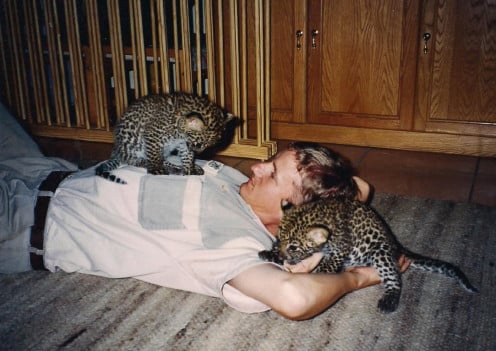
Conclusion
All in all Moholoholo taught me a lot; it turned a part of me hard and calloused and still today I can come up with some pretty macabre jokes about wildlife. My respect for wildlife has always increased, and that is far more important than love.
I have stories about that place that could go on forever, but that is not why I started this blog. This is part one of an introduction into what is still becoming my life in wildlife and I want us to move on to another section that taught me a whole different side of wildlife and conservation; working as a zookeeper in the UK.
My special boy
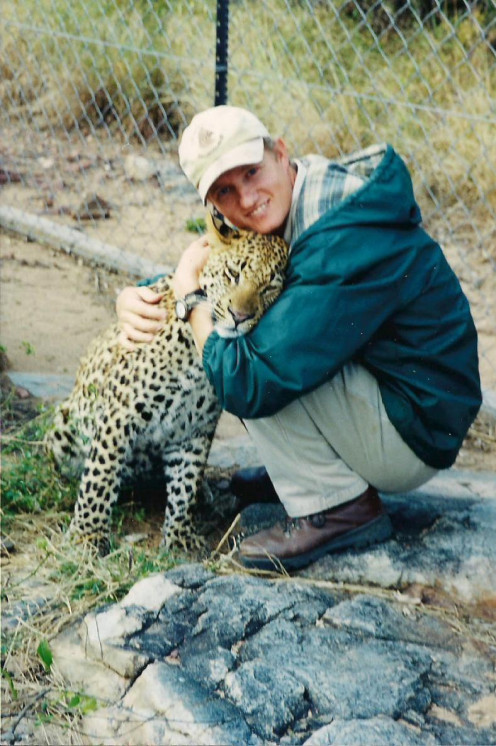
I finished up at Moholoholo after nearly four years but stayed in the area for a few years more, mostly freelancing in anything from guided drives and walks to transfer trips and temporarily managing lodges. It was good fun and all that helped me in the end. If you go out everyday meaning to learn something, I guess you have the right attitude.
I moved to Durban with the family and worked at a bird park for two years as a bird trainer and show presenter. That was certainly enjoyable but little did I know that I would serve a second term there, a few years later. This time it wouldn’t turn out so nice.
I missed the bush and eventually got myself back into guiding in a marvellous area called Balule Nature Reserve. It is a large, 60 000 hectare piece of land that is open to the Kruger. I loved it but I never saw the family for more than two weeks out of every eight. It started driving a rift between my wife and I, and I was a bit of a stranger to my two kids.
It was partly this factor that got my wife planning a move to the UK for us. I had some serious trepidation about this, but I went with it anyway, sure that it would all work out......
End of part I; if you liked it please keep an eye open for part II as I am working on it already and it will follow a whole new wildlife adventure into England as I went from working in one of the largest wildlife parks in Africa to a small zoo outside of Cambridge.
© 2014 Mark Jones
